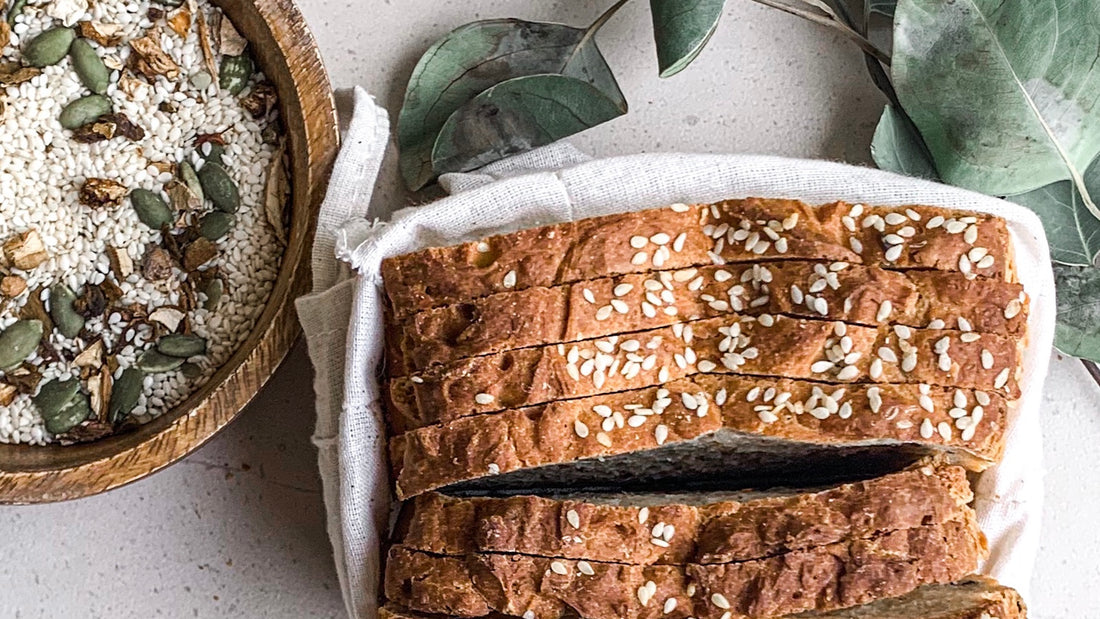Many people adopt a gluten free diet when they are first diagnosed with coeliac disease. But some, report feeling better after adopting a gluten free diet, even without a biopsy reporting a diagnosis.
On many occasions, those who complain of side effects after eating gluten may also have other autoimmune diseases, such as diabetes, rheumatoid arthritis, psoriasis, multiple sclerosis, inflammatory bowel disease, Hashimoto’s thyroiditis, Addison’s disease, Grave’s disease, plus many more.
But, have you ever considered that the removal of gluten may not be the full story. Sure, it may remove some of the physical side affects and brain fog, but there may also be a lingering feeling that ‘something else is ‘wrong’ and it could in fact be ‘grains’.
The only way to tell if you are suffering from the impact of grains is through a Grain Removal Detox.
Grains include wheat, oats, rice, corn (maize), barley, sorghum, rye, and millet. You may also come across pseudo grains which are allowed to be consumed on a grain free diet as they are not true grains – these include amaranth, buckwheat and quinoa.
When people adopt a gluten free diet, they generally still consume rice and corn, and many commercial gluten free products are thickened with corn (maize). These non-glutenous grains are often considered safe for those observing a gluten free diet and whilst they are gluten free, they can cause real health problems for many people.
What causes the problem when eating grains is something called toxic prolamins. Specifically, the prolamins in commonly eaten gluten free foods are zein in corn and orzenin in rice. For those sensitive to grains, these ‘toxic prolamins’ or ‘heavy metals’ found in gluten free grains can build up in the body, due to an inability to excrete them. This can become toxic for some people and is when we start see the on-set of chronic diseases or people describing not feeling ‘well’ – brain fog, skin issues, fatigue, depression and more.
In addition, the rice plant is very efficient at selectively accumulating toxic metals from the soil and storing them in the seeds, rather than in the leaves, stems or roots, as other plants do. In addition, we have more and more industrial by-products accumulating in our soils, and rice is extracting metals such as mercury, selenium and tungsten. The highest levels of heavy metals often occur in brown rice, which also accumulates in the bran and husk.
If you are noticing that your gluten free diet is not giving you that feeling of optimum health and you consume grains, in particular, if you replace a lot of your everyday foods with rice, you should consider stopping for a period of time (two to four weeks) to allow your body to naturally detoxify from heavy metals.
You will be able to increase your detoxification rate if you remove all grain-derived foods (100%) by doing a Grain Removal Detox for two or four weeks. Depending on how you feel and your individual ability to tolerate grains, you may experience an optimum feeling of health by doing this three to four times a year or you may find you need to consider a more permanent removal of grains. Either way, you will find that you feel mentally and physically younger and do not suffer the symptoms of specific heavy metal toxicity – which you may not even have realised were symptoms.
This type of detoxing is similar to the now popular idea of regularly undertaking intermittent fasting to improve general health. To undertake a Grain Removal Detox simply change from eating grain-derived bakery products and commercial foods to those that are grain-free.
Research and information provided by Bill Giles, Co-founder of Deeks.

